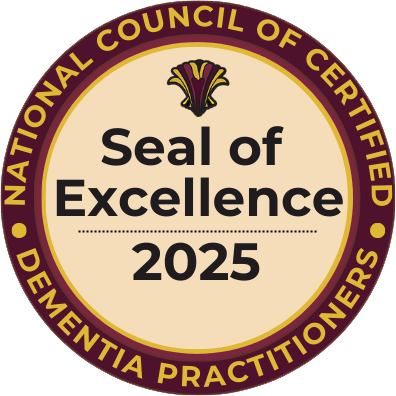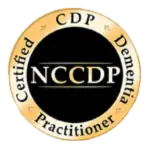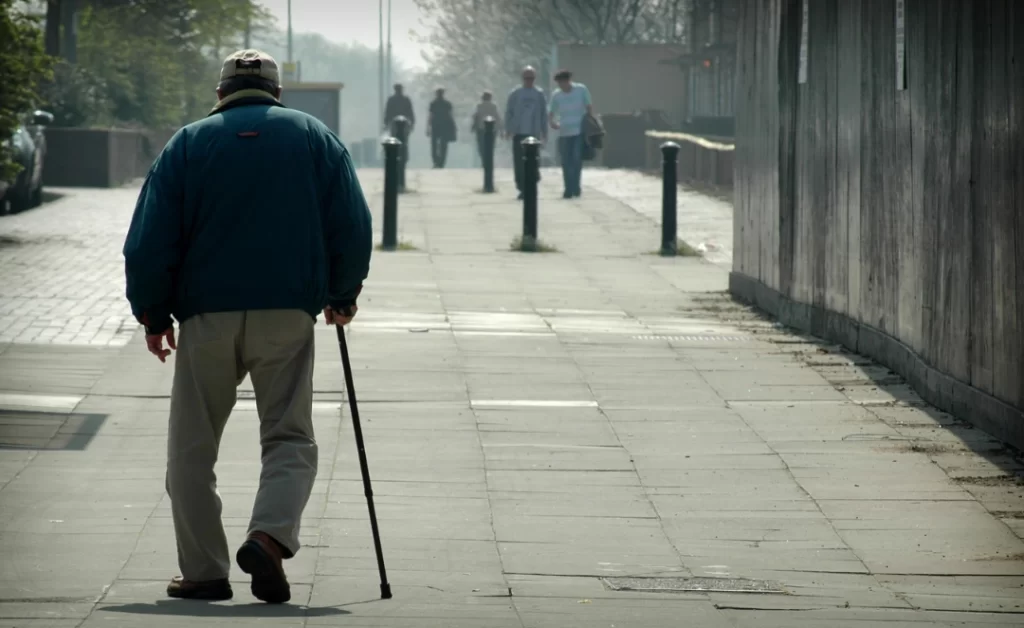People living with dementia often experience a natural urge to walk or move about—traditionally labeled “wandering.” However, more person-centered language reframes it as “people who like to walk” or safe movement. This shift honors identity, autonomy, and dignity while still addressing safety needs. François Frandsen and colleagues emphasize that such reframing acknowledges meaning and purpose in movement, rather than pathologizing it.
Understanding Safe Movement versus Elopement
Movement within safe areas can serve emotional or physiological needs—such as finding familiar surroundings, relieving stress, or fulfilling routines. Conversely, elopement occurs when a person leaves a safe or supervised space, creating potential for serious harm. Up to 60 % of people living with dementia may walk in a way that places them at risk, and persistent elopement accounts for many urgent safety incidents.
Root Causes: What Drives Movement and Elopement?
Unmet needs, such as hunger, pain, discomfort, overstimulation, or disorientation, often drive movement. In the early or moderate stages, people may seek out familiar roles or places (“home,” workplaces, social rituals) for memory and emotional anchoring. As Cohen-Mansfield’s unmet needs framework explains, behavior is a communication of emotional or physical distress, not defiance or pathology.
Assessing Risk through a Person-Centered Lens
Risk assessment must be tailored, asking about the person’s history, patterns, preferences, routines, and past incidents, ideally with regular reassessment (e.g., monthly for high-risk individuals). Tools such as the Revised Algase Wandering Scale or facility-specific behavior logs can guide proactive planning.
Interventions That Respect Personhood
Non-Restrictive, Low-Tech Strategies
- Enable safe movement: Provide enclosed walking paths, gardens, activity rooms, or murals that gently cue boundaries and direction.
- Visual barriers: Low-contrast rugs, camouflage doors, black thresholds can deter exit attempts without physical restraint.
- Activity engagement: Offer meaningful, personalized tasks like folding laundry, walking, or reminiscence activities timed around typical wandering periods.
- Validation therapy: Use empathetic language and gentle reassurance aligned with the person’s reality to reduce anxiety and agitation.
Tech-Supported, Ethical Tools
- Wearables and alarms: Discreet GPS or BLE tags, door or bed alarms can help locate persons safely—but must be used with consent and respect for privacy.
- Intelligent environments: Emerging systems integrate robotics, spatial sensors, and wearable monitors to support safe engagement and detect movement patterns flexibly.
Planning and Policy Implementation
Organizations should develop multidimensional, flexible policies that center on the person living with dementia as an active participant in their care plan. Policies should include regular risk assessment, family involvement, staff training, elopement drills, environmentally supportive design, and emergency protocols.
Staff training is critical: understanding the individual’s routine patterns and designing activity alternatives around anticipated risk periods reduces elopement incidents.
Balancing Autonomy, Safety, and Dignity
A person-centered approach strives to honor the individual’s desire for movement, while reducing risk through thoughtful design and responsive care—not through restriction or control. Meaningful activity, compassionate communication, and personalized safety planning create a respectful balance.
References
- Agrawal A., Gowda M., Achary U., Harbishettar V. Approach to Management of Wandering in Dementia: Ethical and Legal Issues. PMCID: PMC8543604 (2021) pmc.ncbi.nlm.nih.gov
- Frandsen F., Ulrich R., White V. From “wandering” to “people who like to walk” in person-centred care. Dementia (2019/2020) https://web.uri.edu/rigec/wp-content/uploads/sites/1198/Wandering-to-wayfaring.pdf
- NCCDP. White Paper: Wandering and Elopement (2023) https://www.nccdp.org/white-paper-wandering-and-elopement/
- Alzheimer’s Association. Wandering – Alzheimer’s Association caregiving guidance (2025) https://www.alz.org/help-support/caregiving/stages-behaviors/wandering
- Kolakowski M., Blachucki B. Monitoring wandering via BLE-based system (2024) https://arxiv.org/abs/2403.19704
- Ma Y., Nordberg E., Hubbers J. et al. Bridging the Gap: Advancements in Technology to Support Dementia Care (2024) arXiv
- Khan A.A., Das R.K., Martin A. et al. Creating an intelligent dementia-friendly living space (2024) arXiv
- Practical Neurology. Wandering & Sundowning in Dementia (2021) Practical Neurology
- AiristaFlow. Dementia Patient Wandering: Causes & Prevention (2025) https://www.airistaflow.com/resources/dementia-patient-wandering/
- ECRI. Hazardous Wandering and Elopement Toolkit (2021) https://www.ecri.org/EmailResources/PSRQ/CaringComm/Hazardous Wandering and Elopement Toolkit.pdf























